Space exploration is the ongoing discovery process for the existence of different types of space. Some of us know the information of Azana
The American satan V. Rocket was used in the human lunar landing mission.
Pictures taken while passing by a spaceship chad
Space exploration
is the ongoing discovery process for the formation of space in space. It is continuously edited by magnified and incremental aerospace technologies. In the study of space, astronomers take the help of telescopes, but practical research is carried out by both robotic space and human spaceship.
Observations of objects in space are called astronomy, which existed before various reliable recordings. The discovery of large and relatively effective rockets in the mid-twentieth century made it possible to make real space search true. Common arguments for exploration of space include the development of scientific, national status, the unity of different countries, and the future of human beings.

Source
Space exploration is often used as a proxy competition for the Cold War, for geopolitical rivalry. First space exploration was driven by a "space competition" between the Soviet Union and the United States. On October 4, 1957, the first item made of human beings, the Sputnik 1 of the Soviet Union, sent to the Earth's axis and in 1969, on July 20, 1969, the American Apollo 11 landing on the first moon was considered an early feature. The Soviet space program has achieved a number of new milestones, such as sending the living organisms to the first time in 1957, the first human space journey in 1961 (Yuri Gagarin in Vostak 1), was first run in space (by Alexey Lonnov), on the first evacuated structure for the first time. The landing took place in 1966 and the first space station (Salut 1) was sent to space in 1971.
After the first 20 years of research, attention was taken from renewable voyage to renewable hardware such as a space shuttle program and it became co-operative from competition, such as in the case of international space station.
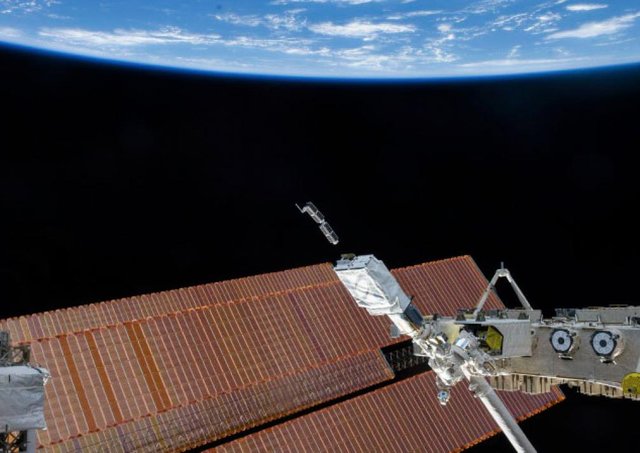
Source
The plan for the US space exploration process continues in [4] by the Bush Administration, by turning the ISS (International Space Station) and STS-133 into reality in March 2011. A program to return to the concession moon is described as insufficiently funded and unrealistic by the Expert Review Panel in 2009. The Obama administration proposed to amend the Chancellery in 2010, focusing on improving the ability of missionary missiles outside the low earth orbit / LEO. After 2020, the International Space Station Operatio Bistha
In 2000, the People's Republic of China launched a successful human space program, when the European Union, Japan and India had planned a mission mission. China, Japan, and India took steps towards the human-mission of the Moon in the 21st Century when the European Union took steps to manpower mission on moon and Mars in the 20/21 century.
From the '90s, non-governmental organizations began publishing first space exploration and then the moon's public space search.
The future of space search
Nasa Vision Mission is a concept image
Imagine imagining rockets flying from Saturn to a moon
America's planned space launch system concept
In the 2000s, some plans were announced for exploration of space. Both the government agency and the private sector had the purpose of exploring the space. China has announced a 60 ton multi-modular space station to be sent to the arc for 2020.
The 2010 NASA Authorization Act, the purpose of the American space program is to re-arrange the list of priorities as well as money for first priority. The NASA Space Launch System (SLS) offers the advancement for improvement, which is designed for the Orion Multi-Purpose Crewe Vehicle and for carrying out necessary cargo, equipment, and science testing at the world's outer and outdoor destinations. The SLS will also help in the International Space Station as a commercial and international transportation. To reduce utilization of proven hardware and reduce operating costs, the SLS will be integrated with the public investment for the Rocket Space Shuttle Program and the Chancellation Program. The first development journey has been planned at the end of 2017.
.jpg)
Source
Role of space exploration Ai
The idea of using a high level automated system for the mission of the space mission has been a target for the global space agency. Such systems provide various facilities, such as low cost, less of human error, and the ability to explore the space deeply, which are generally limited by long contact with people controllers.
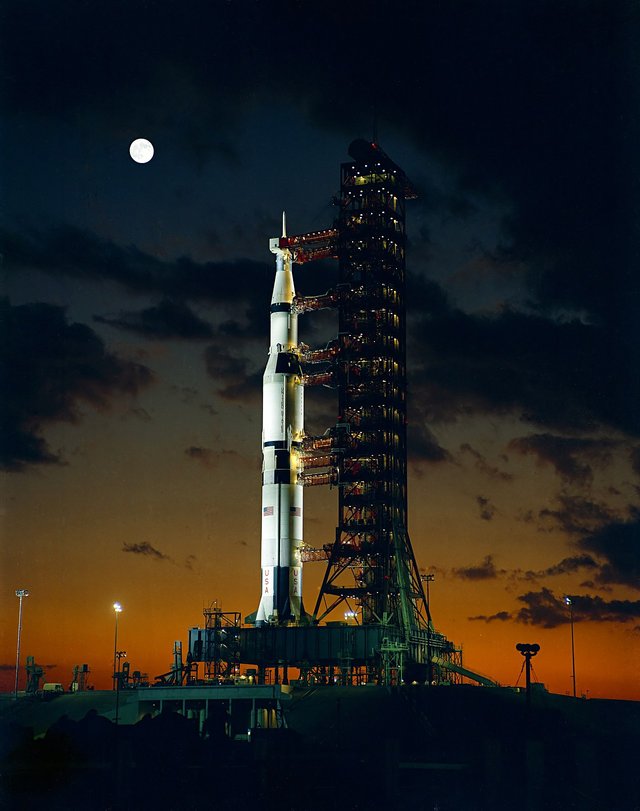
.jpg)
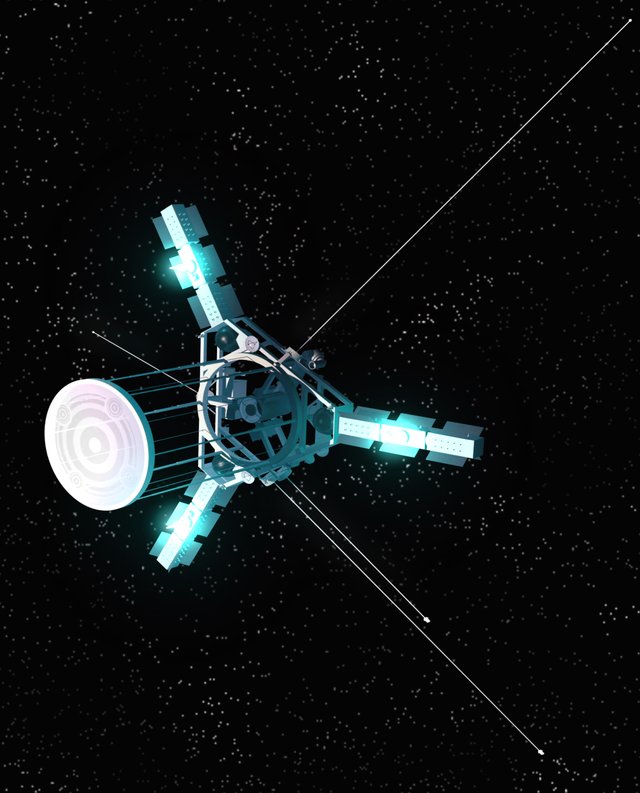
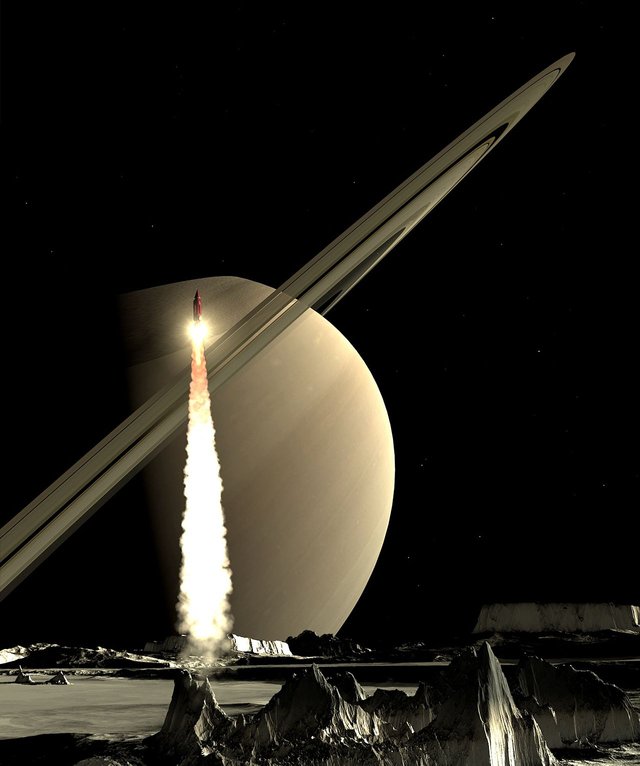
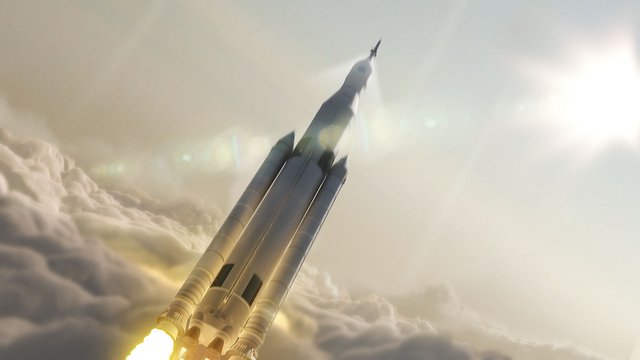
nice
Tnx